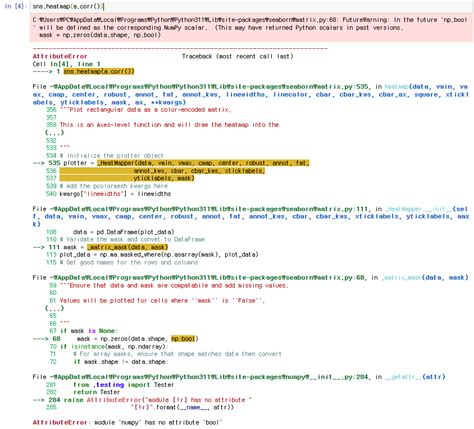4 Ways to Remove Extra Columns
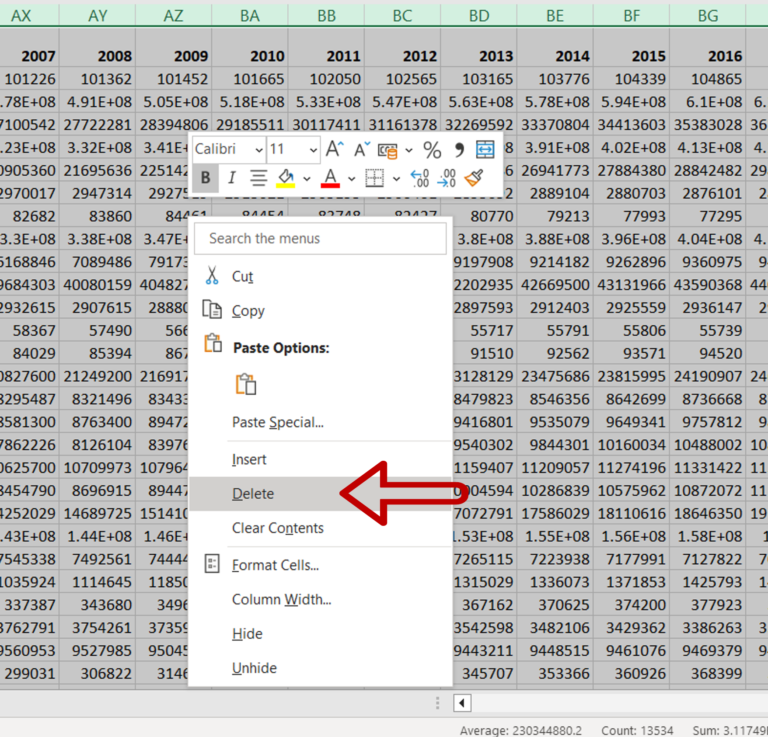
Data wrangling is an essential skill for anyone working with data, and a common challenge is dealing with unwanted or extra columns in a dataset. These extra columns can clutter your analysis, increase processing time, and even lead to incorrect conclusions if not handled properly. In this article, we will explore four effective methods to remove extra columns and streamline your data for efficient analysis.
Method 1: Manual Selection and Deletion
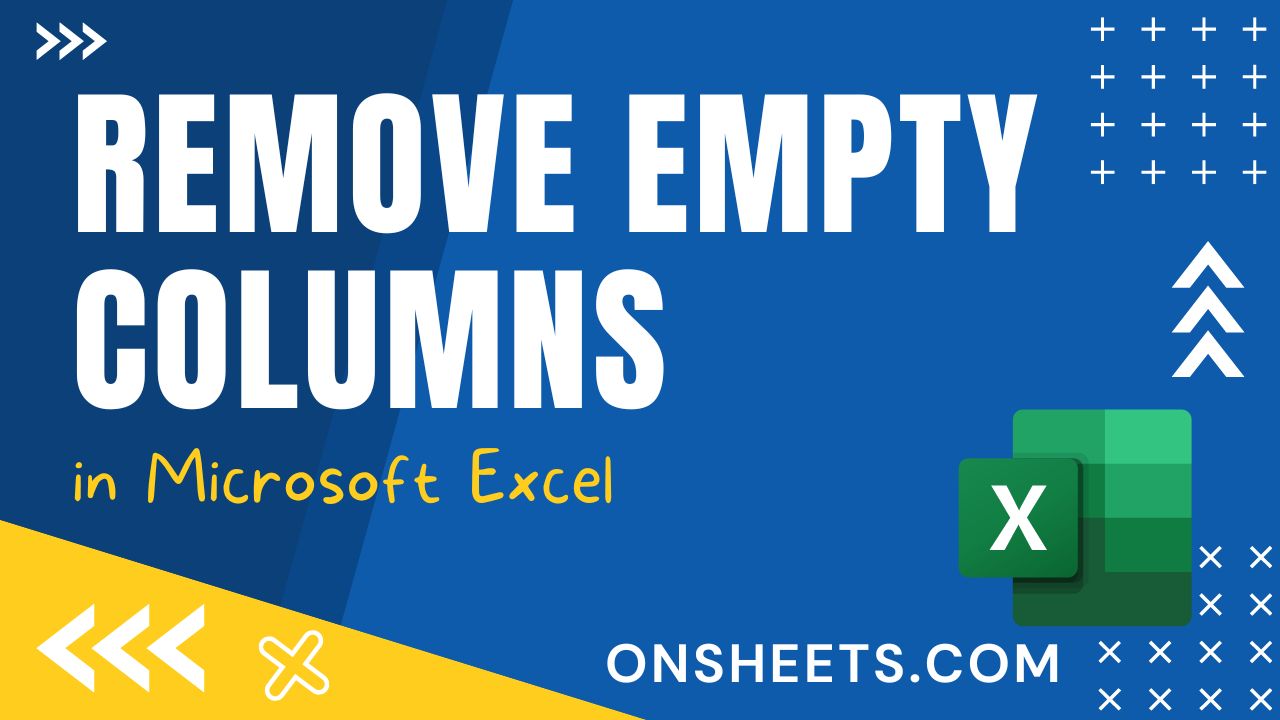
The most straightforward approach to removing extra columns is through manual selection and deletion. This method is particularly useful when dealing with smaller datasets or when you have a clear understanding of which columns are unnecessary.
Here’s a step-by-step guide to manual column removal:
- Identify Unnecessary Columns: Carefully examine your dataset and identify the columns that do not contribute to your analysis. These could be columns with irrelevant data, duplicate information, or columns you simply don’t need for your specific analysis.
- Select and Delete: Using your data analysis software (e.g., Excel, Google Sheets, or a programming language like Python or R), select the columns you want to remove. Right-click on the column header and choose the “Delete” or “Remove” option. Alternatively, you can use keyboard shortcuts or specific commands in your software to achieve the same result.
- Save and Validate: After deleting the columns, save your dataset and open it to ensure the unnecessary columns are indeed removed. Validate your dataset by checking if the remaining columns are the ones you need for your analysis.
Manual column removal is simple and quick for small datasets, but it can become tedious and error-prone when dealing with larger datasets or when you need to perform this task frequently.
Method 2: Filtering by Column Name or Type
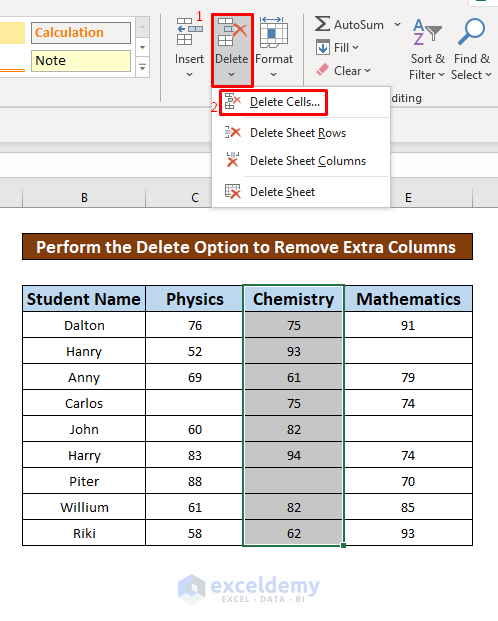
Filtering is a powerful technique to narrow down your dataset based on specific criteria. You can use filtering to remove extra columns by excluding those that match certain names or data types.
Here’s how you can filter out extra columns:
- Column Name Filtering: If you know the exact names of the columns you want to remove, you can filter your dataset to exclude those columns. This method is particularly useful when you have a consistent naming convention for your columns. Simply create a new dataset that excludes the specified column names.
- Data Type Filtering: Sometimes, extra columns can be identified by their data types. For instance, if you have a dataset with both numerical and categorical data, you might want to remove all the numerical columns. You can filter your dataset to include only the desired data types, effectively removing the extra columns.
Filtering is a versatile method, and many data analysis tools offer built-in filtering functionalities. This approach is efficient for larger datasets and can be automated to save time and reduce errors.
Example: Removing Numerical Columns in Python
In Python, you can use the pandas library to filter out numerical columns. Here’s an example:
import pandas as pddf = pd.read_csv(‘your_dataset.csv’)
numerical_columns = df.select_dtypes(include=[‘float64’, ‘int64’]).columns
filtered_df = df.drop(numerical_columns, axis=1)
filtered_df.to_csv(‘filtered_dataset.csv’, index=False)
Method 3: Using Regular Expressions
Regular expressions, often referred to as regex, are powerful tools for pattern matching and manipulation of text data. By using regex, you can define patterns to identify and remove extra columns based on their names or content.
Here’s a step-by-step guide to using regular expressions for column removal:
- Define the Regex Pattern: Determine the pattern you want to match for identifying extra columns. For example, if you want to remove columns with names containing the word “extra,” your regex pattern could be
\bextra\b. - Apply the Regex: Use your data analysis software’s regex functionality to apply the pattern. This might involve writing a function or using a built-in feature to select or remove columns based on the regex pattern.
- Validate and Save: As with other methods, validate your dataset to ensure the extra columns are removed. Save your dataset with the updated column structure.
Regular expressions are particularly useful when you have a large dataset with a consistent naming convention or when you need to remove columns based on complex patterns in their names or content.
Example: Removing Columns with Specific Patterns in R
In R, you can use the dplyr package and the select() function to remove columns based on a regex pattern. Here’s an example:
library(dplyr)df <- read.csv(‘your_dataset.csv’)
pattern <- ‘\b(extra|unneeded)\b’
filtered_df <- df %>% select(-matches(pattern))
write.csv(filtered_df, ‘filtered_dataset.csv’, row.names=FALSE)
Method 4: Data Wrangling with Functions
Data wrangling libraries and functions offer a range of powerful tools to manipulate and transform your data. These functions can be used to efficiently remove extra columns based on various criteria.
Here are a few data wrangling functions you can use to remove extra columns:
dplyr::select()in R: This function allows you to select columns by name or position. You can exclude specific columns by using the-namesyntax.pandas.DataFrame.drop()in Python: Thedrop()method in pandas allows you to remove columns by specifying the column names or a regex pattern.- Other Data Wrangling Libraries: Depending on your programming language or software, there are various data wrangling libraries with functions specifically designed for column selection and removal, such as
numpyandscipyin Python.
Data wrangling functions offer flexibility and efficiency, especially when combined with other data manipulation tasks. They are particularly useful for complex data transformations and can be integrated into larger data processing workflows.
Example: Using dplyr to Remove Columns in R
Here’s an example of using the dplyr package in R to remove columns by name:
library(dplyr)df <- read.csv(‘your_dataset.csv’)
filtered_df <- df %>% select(-column1, -column2)
write.csv(filtered_df, ‘filtered_dataset.csv’, row.names=FALSE)
Conclusion: Choosing the Right Method
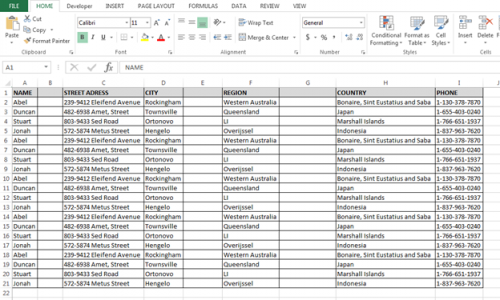
The choice of method to remove extra columns depends on the nature of your dataset, the size of your data, and the complexity of your analysis. Here’s a summary of when to use each method:
- Manual Selection and Deletion: Suitable for small datasets or when you have a clear understanding of which columns to remove. Quick and easy but can be time-consuming for larger datasets.
- Filtering: Efficient for larger datasets and can be automated. Particularly useful when you need to remove columns based on specific data types or column names.
- Regular Expressions: Powerful for complex pattern matching. Ideal when you need to remove columns based on intricate naming conventions or content patterns. Data Wrangling Functions: Flexible and efficient for complex data transformations. Integrates well with other data manipulation tasks and is suitable for automated workflows.
By understanding these methods and their strengths, you can efficiently remove extra columns from your dataset, improving the clarity and performance of your data analysis.
FAQs
How do I remove extra columns when I don’t know their names or data types?
+If you’re unsure about the names or data types of the extra columns, you can use a combination of methods. Start by exploring your dataset to identify patterns or inconsistencies. Then, use regular expressions or data wrangling functions to define patterns or criteria to select and remove the unwanted columns.
Can I automate the process of removing extra columns for multiple datasets?
+Yes, automation is possible and highly recommended for consistent and efficient data processing. You can create scripts or functions that apply the column removal process to multiple datasets. This ensures uniformity and saves time, especially when dealing with large volumes of data.
What if I accidentally remove a necessary column?
+Accidents happen! If you realize you’ve removed a necessary column, don’t panic. Keep a backup of your original dataset and use the steps outlined in this article to restore the column. Alternatively, you can use data recovery tools or functions specific to your software or programming language.
Are there any best practices for naming columns to avoid extra columns in the future?
+Yes, consistent and descriptive column naming is crucial to avoid future headaches. Aim for clear and concise names that convey the content of the column. Avoid using generic names like “column1” or “data.” A well-organized naming convention can make it easier to identify and select the necessary columns, reducing the likelihood of extra columns in your dataset.



